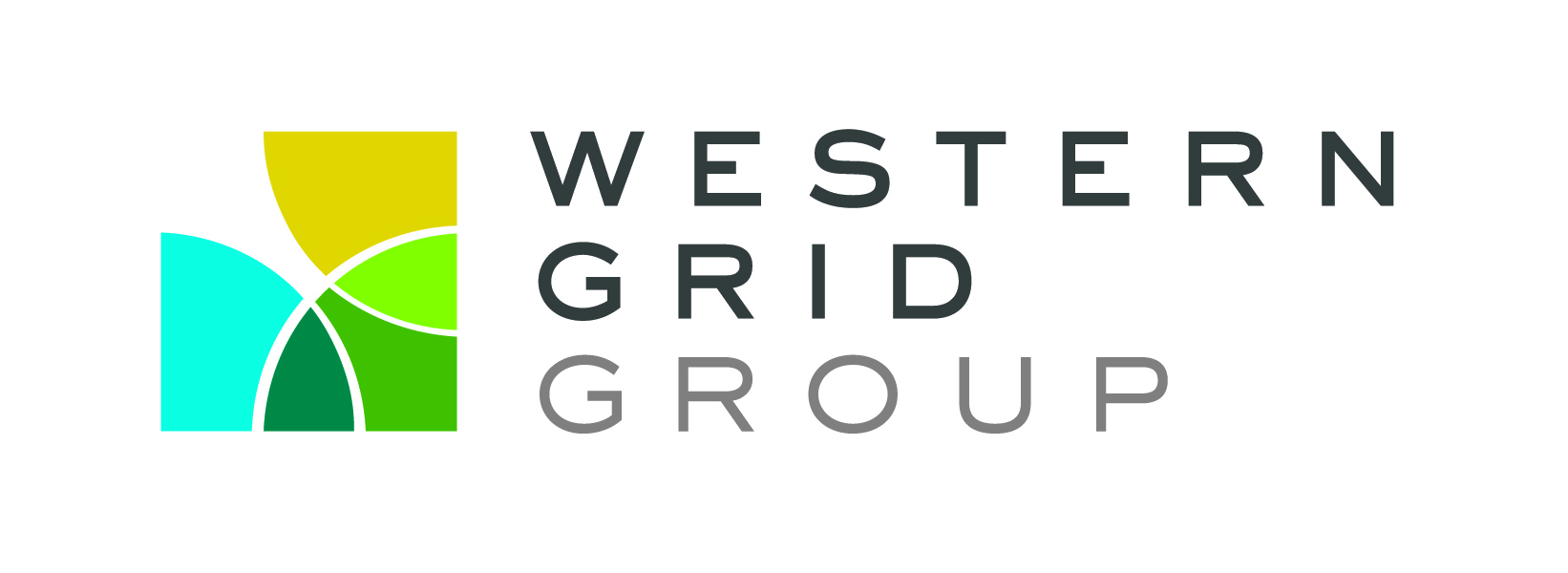WCEA uses these principles to guide development of its Clean Energy Vision for the Western U.S. and the transition to a clean-energy economy. They were adopted by the Participating Organizations on July 8, 2011.
WCEA members subscribe to these principles:
WCEA Guiding Principles
• The West’s magnificent landscapes, ecosystems, and habitats must be preserved and protected.
• The West should do its part to meet the greenhouse gas goal recommended by scientists—80% reduction below 1990 levels by 2050.
• The grid that supports a clean energy future must be as reliable as today’s.
• Increasing the efficiency with which we use, generate and transmit electricity—and other approaches for using less power—must be the cornerstone of our energy future.
• A clean energy future should reduce consumer costs and risks compared with business-as-usual.
• Policy decisions should accelerate deployment of clean technologies for generation, transmission, system operation and energy use, and integrate advanced information technologies into electric service.
• Large-scale generation and grid expansion should be planned and built “smart from the start”—that is, developed in ways that minimize environmental impacts and avoid protected and ecologically sensitive areas.
• Transition to a clean energy future should promote improved public health, intergenerational equity and environmental justice.
These principles provide the basis for cooperation among coalition members and with allies. They provide a common framework for advocacy in each state in support of policies that expand deployment of clean energy resources. By subscribing to them, WCEA participants can campaign effectively across the many issues entailed in transition to a clean energy future.
A Clean Energy Vision
WCEA’s Clean Energy Vision elaborates the guiding principles outlined above. It is built around a detailed portfolio that emphasizes:
• maximum achievable energy efficiency savings;
• maximum feasible deployment of distributed generation;
• transition away from fossil generation toward clean renewable resources and technologies;
• maximum use of the existing transmission grid; and
• “smart-from-the-start” policies for siting large-scale solar, wind and geothermal generation and transmission expansion.
The Clean Energy Vision outlines specific policy steps capable of guiding transition to a clean energy future and building public support for it.
Building the WCEA Coalition
To date, WCEA has brought together environmental groups, solar, wind and geothermal generators and clean energy advocates. Cooperation among them is already helping improve project siting and development practices across the West.
Realizing the opportunities inherent in moving to a clean energy future will require both broad public support and strategic backing from key constituencies. Broadening the coalition can help develop that support.
Consumer groups, county officials, rural community development advocates, tribes, hunters and anglers, public health advocates, clean energy entrepreneurs and other constituencies all have interests in clean energy. WCEA guiding principles and Clean Energy Vision are intended to provide potential allies a framework for leveraging their on-going work and advancing the interests of their organizations and constituencies while also supporting the expansion of clean energy projects and programs.
As support for the transition strengthens, WCEA will work to engage utilities, regulators, legislators, the military, and state and federal permitting agencies. Building a clean energy economy requires active engagement of all these constituencies.
The sole requirement for participation in WCEA is agreement to support policies consistent with the guiding principles outlined above. WCEA invites all who do to work with us to help realize the many economic, security, health and environmental benefits clean energy development can provide every state and the West as a whole.
Click HERE for the list of WCEA Participating Organizations.
